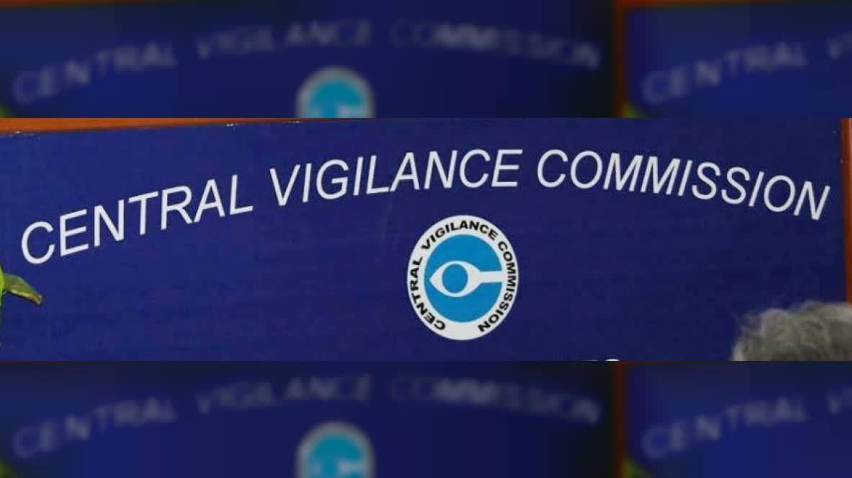CVC Report on Corruption Complaints (GS Paper 2, Governance)

Context
- On September 5, 2024, the Central Vigilance Commission (CVC) released its annual report on corruption complaints for the year 2023.
- The report sheds light on the prevalence and management of corruption issues within various government sectors and highlights ongoing challenges and reforms aimed at tackling corruption.
Major Highlights
Complaint Statistics:
- Total Complaints Received: In 2023, the CVC received 74,203 complaints related to corruption against various government officials and employees.
- Disposition of Complaints: Of these, 66,373 complaints were resolved, while 7,830 remained pending.
- Sector-Specific Insights:
- Railway Employees: This sector reported the highest number of corruption complaints. Out of the total complaints received, 9,881 were addressed, with 566 still pending.
- Delhi’s Local Bodies: Received a significant number of complaints, reflecting issues within municipal governance.
- Public Sector Banks: Noted for a substantial number of complaints, indicating ongoing concerns in financial sectors.
Central Vigilance Commission (CVC)
Overview:
- Establishment: Set up in 1964 by the Government of India following the Santhanam Committee’s recommendations.
- Mandate: The CVC is responsible for promoting integrity, transparency, and accountability in the public sector. It investigates corruption allegations against public servants and oversees government departments and public enterprises.
- Appointment and Autonomy:
- Members: Appointed by the President of India based on recommendations from a committee comprising the Prime Minister, the Minister of Home Affairs, and the Leader of the Opposition in the House of the People.
- Independence: The CVC operates independently to ensure impartial investigations and recommendations.
- Term of Office: The Central Vigilance Commissioner serves a four-year term or until age 65, whichever is earlier.
- Removal: The President can remove the Commissioner under certain conditions, including insolvency, conviction of moral turpitude, holding an office of profit, or infirmity.
Corruption in India
Definition and Ranking:
- Corruption: Defined as bribery or misuse of power for personal gain. It undermines public trust and governance.
- Transparency International Index: India ranked 93 out of 180 countries in 2023, with a score reflecting moderate to high levels of perceived public sector corruption.
Government Initiatives to Combat Corruption
Legislative Measures:
- Prevention of Corruption Act (1988): Criminalizes bribery and corrupt practices in public life. The Act has been amended to address new corruption challenges.
- Right to Information Act (RTI) (2005): Empowers citizens to obtain information from public authorities, enhancing transparency and accountability.
Technological and Institutional Reforms:
- Digital India Program: Aims to digitize public services, reducing opportunities for corruption and enhancing governance.
- e-Governance: Online platforms for services like passport applications and tax returns minimize bureaucratic red tape and corruption risks.
- Whistleblower Protection Act (2014): Provides protection to individuals who report corruption and wrongdoing.
- Government e-Marketplace (GeM): An online platform designed to make public procurement more transparent and efficient.
- Anti-Corruption Units: Various state governments have established anti-corruption bureaus and vigilance commissions to address corruption at the state level.s
Conclusion
- The CVC’s 2023 report highlights ongoing issues in corruption within various sectors, particularly in railways, local governance, and public sector banking.
- The report underscores the need for continued vigilance and reform. Government initiatives like the Prevention of Corruption Act, RTI, and digital reforms are critical in fighting corruption.
- However, challenges remain, and the effectiveness of these measures will depend on their implementation and the continued commitment to transparency and accountability.


